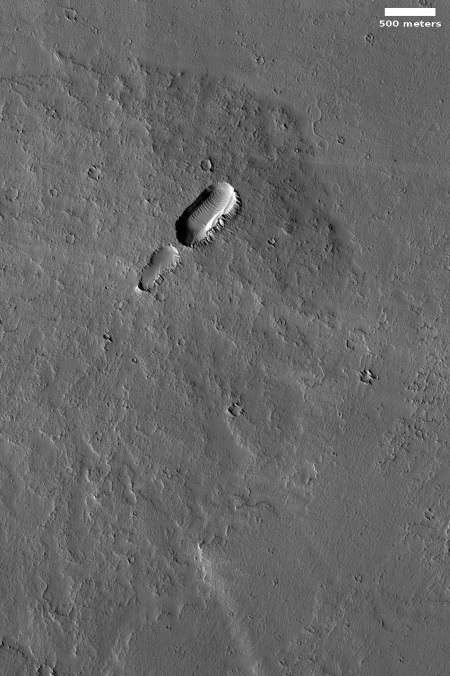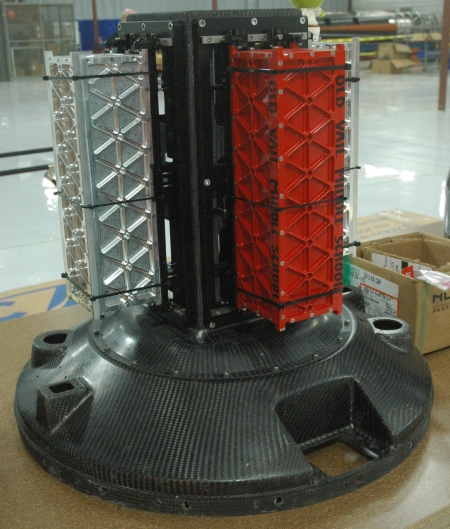No Planet X needed
The uncertainty of science: New computer models now suggest that the orbits of the known Kuiper Belt objects can be explained without the need for the theorized large Planet X.
The weirdly clustered orbits of some far-flung bodies in our solar system can be explained without invoking a big, undiscovered “Planet Nine,” a new study suggests.
The shepherding gravitational pull could come from many fellow trans-Neptunian objects (TNOs) rather than a single massive world, according to the research.
“If you remove Planet Nine from the model, and instead allow for lots of small objects scattered across a wide area, collective attractions between those objects could just as easily account for the eccentric orbits we see in some TNOs,” study lead author Antranik Sefilian, a doctoral student in the Department of Applied Mathematics and Theoretical Physics at Cambridge University in England, said in a statement.
When you think about it, having many many scattered small objects in the Kuiper Belt makes much more sense than a few giant planets. Out there, it would be difficult for large objects to coalesce from the solar system’s initial accretion disk. The density of material would be too low. However, you might get a lot of small objects from that disk, which once formed would be too far apart to accrete into larger planets.
The use of the term “Planet Nine” by these scientists however is somewhat annoying, and that has less to do with Pluto and more to do with the general understanding of what it means to be a planet that has been evolving in the past two decades. There are clearly more than eight planets known in the solar system now. The large moons of the gas giants as well as the larger dwarf planets, such as Ceres, have been shown to have all the complex features of planets. And fundamentally, they are large enough to be spheres, not misshaped asteroids.
The uncertainty of science: New computer models now suggest that the orbits of the known Kuiper Belt objects can be explained without the need for the theorized large Planet X.
The weirdly clustered orbits of some far-flung bodies in our solar system can be explained without invoking a big, undiscovered “Planet Nine,” a new study suggests.
The shepherding gravitational pull could come from many fellow trans-Neptunian objects (TNOs) rather than a single massive world, according to the research.
“If you remove Planet Nine from the model, and instead allow for lots of small objects scattered across a wide area, collective attractions between those objects could just as easily account for the eccentric orbits we see in some TNOs,” study lead author Antranik Sefilian, a doctoral student in the Department of Applied Mathematics and Theoretical Physics at Cambridge University in England, said in a statement.
When you think about it, having many many scattered small objects in the Kuiper Belt makes much more sense than a few giant planets. Out there, it would be difficult for large objects to coalesce from the solar system’s initial accretion disk. The density of material would be too low. However, you might get a lot of small objects from that disk, which once formed would be too far apart to accrete into larger planets.
The use of the term “Planet Nine” by these scientists however is somewhat annoying, and that has less to do with Pluto and more to do with the general understanding of what it means to be a planet that has been evolving in the past two decades. There are clearly more than eight planets known in the solar system now. The large moons of the gas giants as well as the larger dwarf planets, such as Ceres, have been shown to have all the complex features of planets. And fundamentally, they are large enough to be spheres, not misshaped asteroids.


